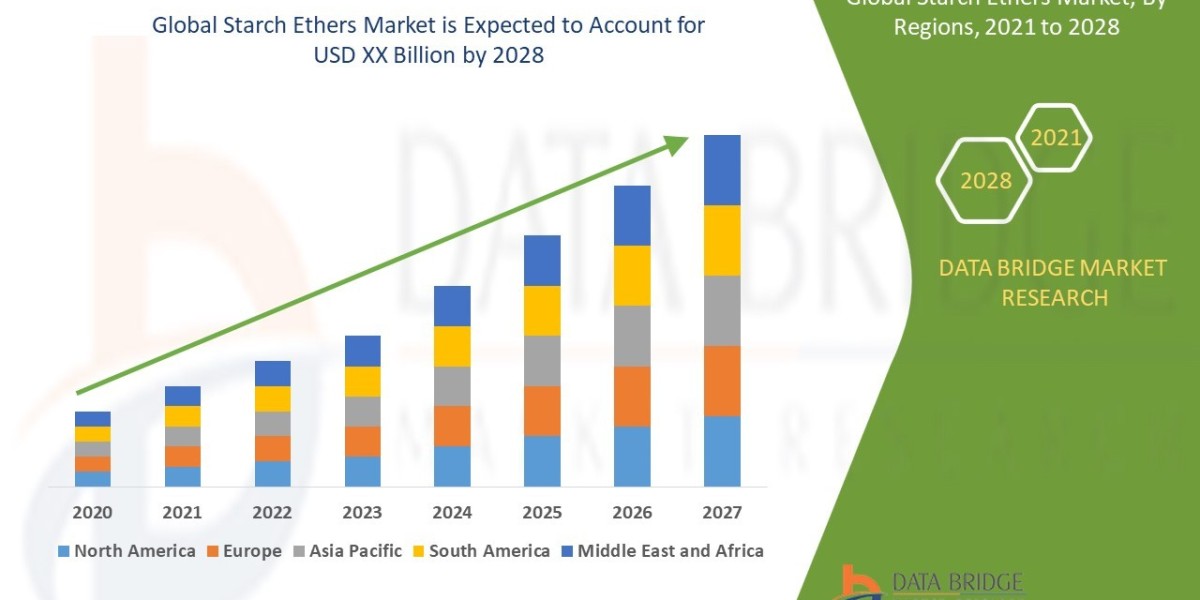Originally Published on: SpendEdge |Navigating Public Procurement: 6 Key Steps | SpendEdge
Exploring Opportunities in the Evolving Economic Landscape
In the current dynamic economic scenario, active participation in public works projects creates substantial avenues for corporate entities to compete for profitable opportunities. A nuanced understanding of the intricate public procurement process is pivotal for organizations aiming to secure these projects and establish eligibility for prospective endeavors.
All tiers of government, spanning Federal, state, and local agencies, adhere to a competitive selection process for potential vendors. This involves advertising, data collection, and the acceptance of offers to fulfill the required goods and services. The process unfolds through various stages such as Invitations for Bid, Request for Proposals, Requests for Qualifications, Requests for Letters of Interest, and Invitations to Negotiate. Evaluation of responses prioritizes organizational needs, with price not being the sole determining factor.
Despite the abundant opportunities, organizations encounter challenges in refining the public procurement process. Here are the pivotal steps involved in skillfully navigating the intricate terrain of public procurement:
1. Requirement Identification: Setting Clear Objectives and Scope
Organizations must meticulously identify their objectives and establish a clear scope of requirements. Crucial to this is conducting thorough market research to comprehend capabilities and limitations. Compliance with government transparency requirements and probity arrangements is paramount. Detailed specifications, covering technical requirements, performance criteria, quality standards, quantities, and other pertinent details, must be formulated to prevent misunderstandings.
2. Scope of Procurement: Establishing Standards and Protocols
Procuring the right products is pivotal for organizational operations. Establishing protocols to determine product specifications ensures adherence to the highest standards. After selecting products or services, estimating procurement value and complying with government entity rules is essential. This step considers technical specifications, delivery schedules, budget constraints, and regulatory compliance. The procurement scope forms the foundation for subsequent steps, including supplier selection, bidding, and contract management.
3. Determine the Procurement Method: Open or Limited Tenders
Organizations decide whether to opt for open tenders or limited tenders. Open tenders involve one stage (Request for Tender) and must be advertised on the official website. Limited tenders are directly requested from one or more suppliers. Qualifying suppliers helps determine the best products.
4. Explore Sourcing Options: Market Notification and Documentation
Notifying the market to obtain products ensures that minimum requirements are met for open tenders. Request documentation should include essential information for competitive and compliant submissions. Implementing appropriate limitation of liability and standard contract clauses enhances the overall public procurement process.
5. Evaluate Submissions: Addressing Errors and Assessing Viability
Handling unintentional errors in tenders and conducting a financial viability assessment of preferred suppliers is crucial. Providing adequate documentation and information ensures an informed decision-making process.
6. Manage Contracts: Establishing a Comprehensive Plan
Developing a contract management plan is essential for understanding and implementing obligations under the contract. Assessing contract extension options based on value-for-money and in accordance with contract terms enhances overall contract management.
Inability to refine the public procurement process may restrict companies from procuring the best products for their businesses. Stay ahead by gaining exclusive insights to improve the public procurement process cycle through a free demo of our procurement platform.








